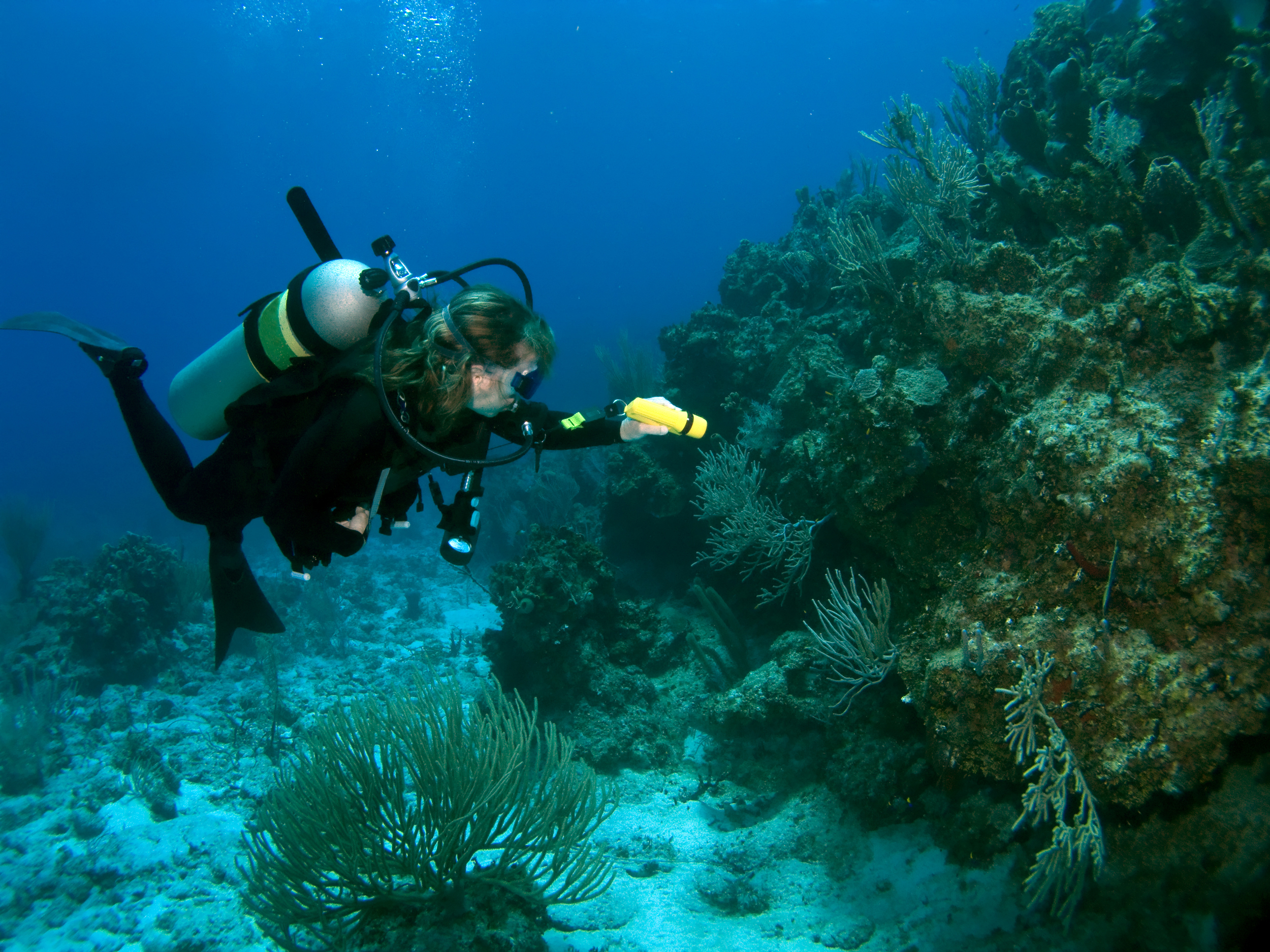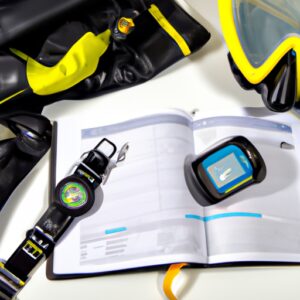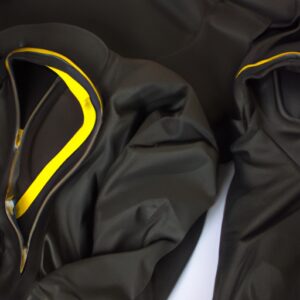
Diver Using a Flashlight to Bring Out the True Colors of a Caribbean Reef.
How to Choose the Best Dive Light (Torch) for Your Needs
So, you’re ready to take the plunge and explore the underwater world at night. Congratulations – night diving is one of the most thrilling experiences you can have as a diver! But before you jump in, you’ll need to make sure you have the right equipment – specifically, a dive light or torch. (Americans call flashlights used underwater “dive lights” whereas most other English speaking divers refer to their light source as a dive torch. Since I’m American, I’ll be referring to these devices as dive lights throughout this article).
Choosing the right dive light can be a bit overwhelming, especially if you’re new to diving. But fear not – as a seasoned diver, I’m here to guide you through the process. Here are the things you should consider when choosing the best dive light for your needs.
Brightness
Let’s start with the obvious – you want a dive light that’s bright enough to illuminate the underwater world. The brightness of a dive light is measured in lumens – the higher the number, the brighter the light. For most night dives, you’ll want a light with at least 500 lumens. But if you’re planning on exploring caves or wrecks, you might want to go for something with 1000 lumens or more.
Battery life
Next up, you’ll want to consider the battery life of your device. There’s nothing worse than your batteries dying mid-dive! Most dive lights use rechargeable batteries, which is great for the environment and your wallet. Make sure you choose a light with a battery life that will last for your entire dive – and then some. You don’t want to be caught out if your dive lasts longer than expected.
Size and weight
Dive lights come in all shapes and sizes – from small and compact to large and powerful. You’ll want to choose a light that’s the right size and weight for you. If you’re traveling with your light, you’ll probably want something more compact and lightweight. But if you’re diving in colder waters, you might want larger light or one with a thicker handle that is easier to grasp when wearing neoprene gloves.
Beam angle
The beam angle defines how broad or narrow a light beam your light will project. A narrow beam is great for pointing out specific creatures or objects, while a wide beam is better for illuminating large areas. Some lights come with adjustable beam angles, which gives you the best of both worlds.
Price
Finally, you’ll want to consider the price of your dive light. Like most things in life, you get what you pay for. A high-end light will cost you more, but it’ll probably last longer and have more features than a cheaper alternative. That being said, there are plenty of affordable dive lights out there that will do the job just fine.
In conclusion, choosing the best dive light for your needs doesn’t have to be a daunting task. Just consider the brightness, battery life, size and weight, beam angle, and price – and you’ll be well on your way to illuminating the underwater world like a pro. Happy diving!







